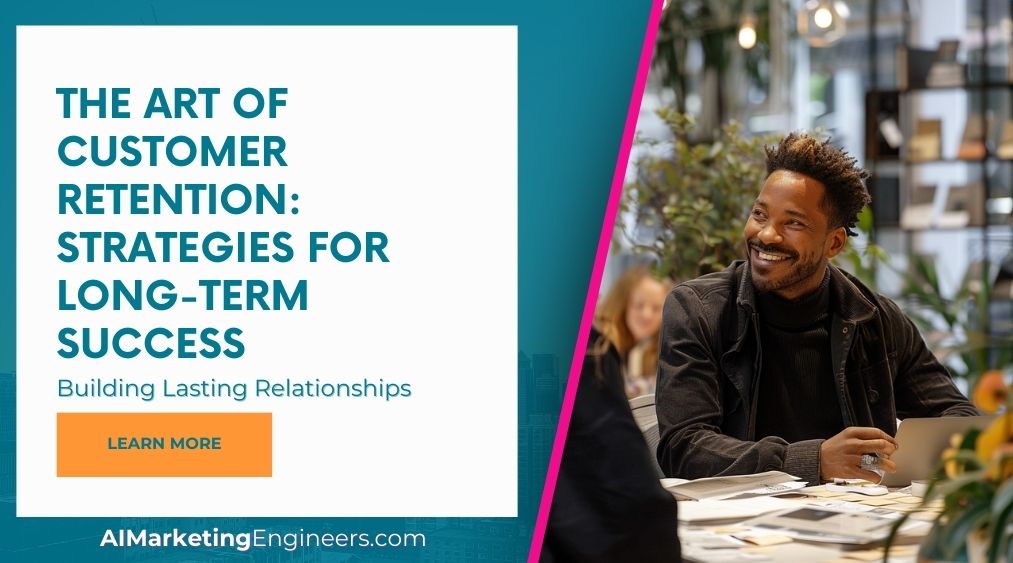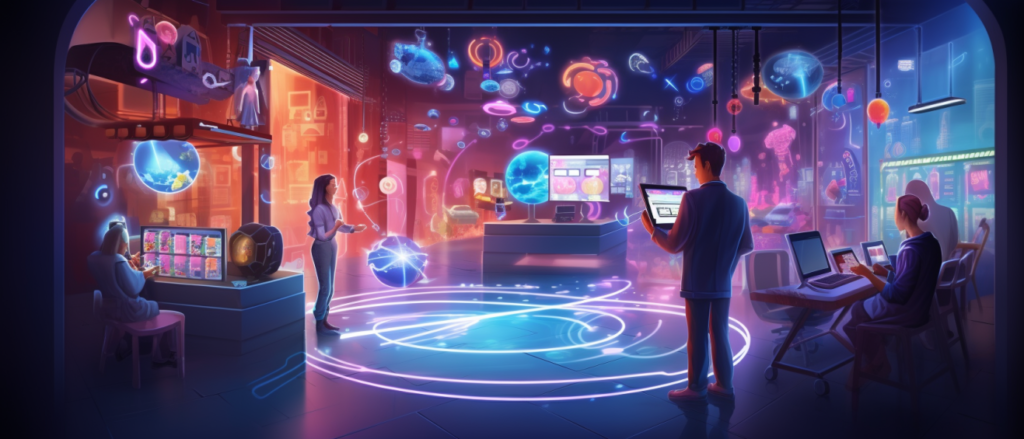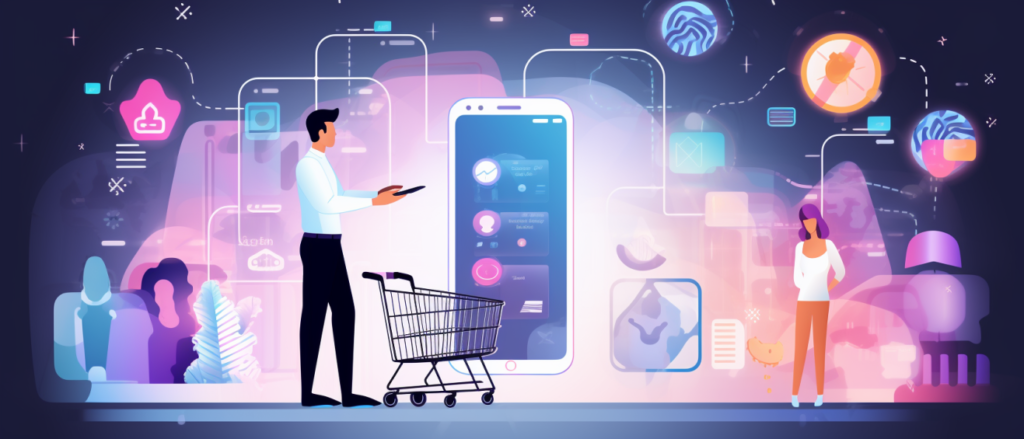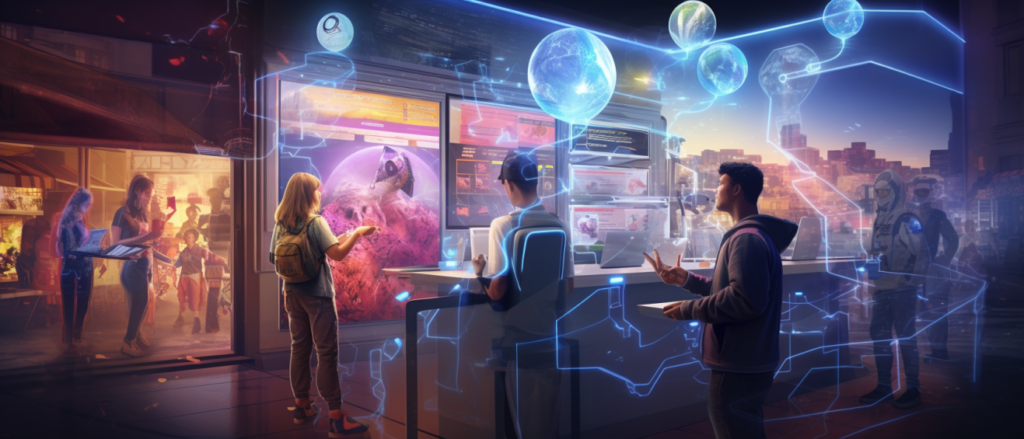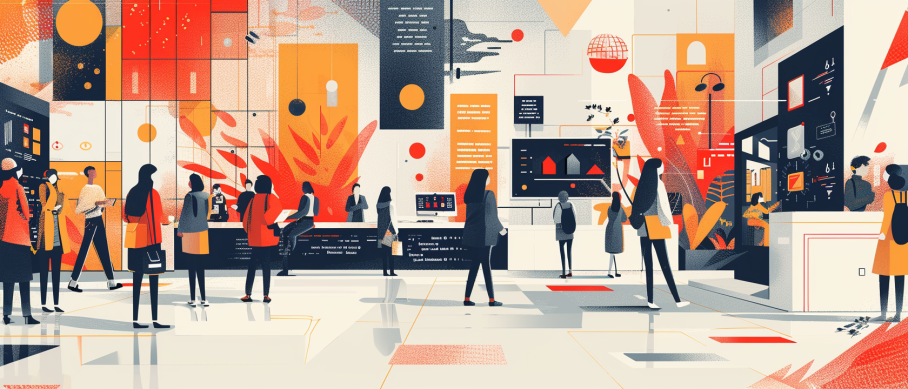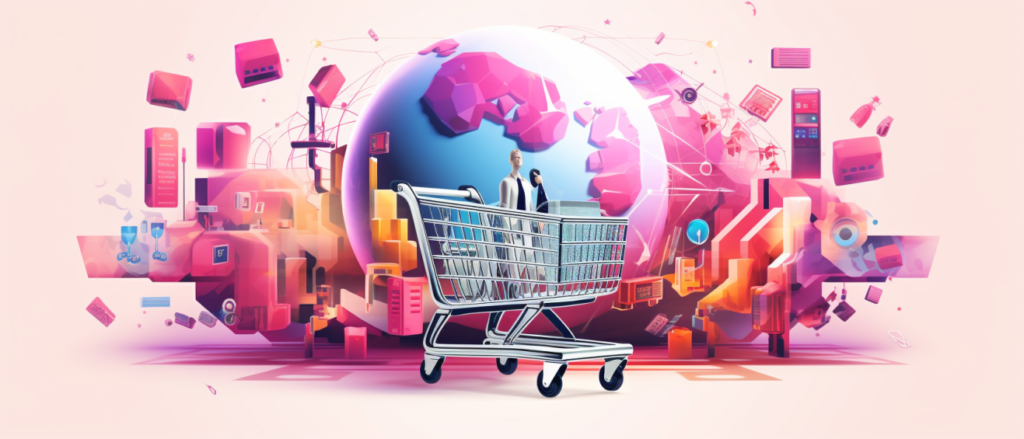Key Takeaways
✅ Personalization and Engagement: Tailor your communication and services to meet each customer's unique needs. Employ personalized product recommendations, exclusive offers, and targeted email campaigns to enhance engagement and foster a sense of community through social media and user-generated content.
✅ Continuous Improvement and Feedback: Regularly gather and act on customer feedback to understand their evolving needs. Use this feedback to refine products and services, ensuring your offerings remain relevant and customer-centric, which will help maintain high satisfaction and loyalty.
✅ Value-Added Content and Exceptional Service: Deliver exceptional customer service and value-added content to build strong relationships. Provide high-quality products, educational materials addressing customer pain points, and a smooth returns process to go beyond expectations and encourage repeat business.
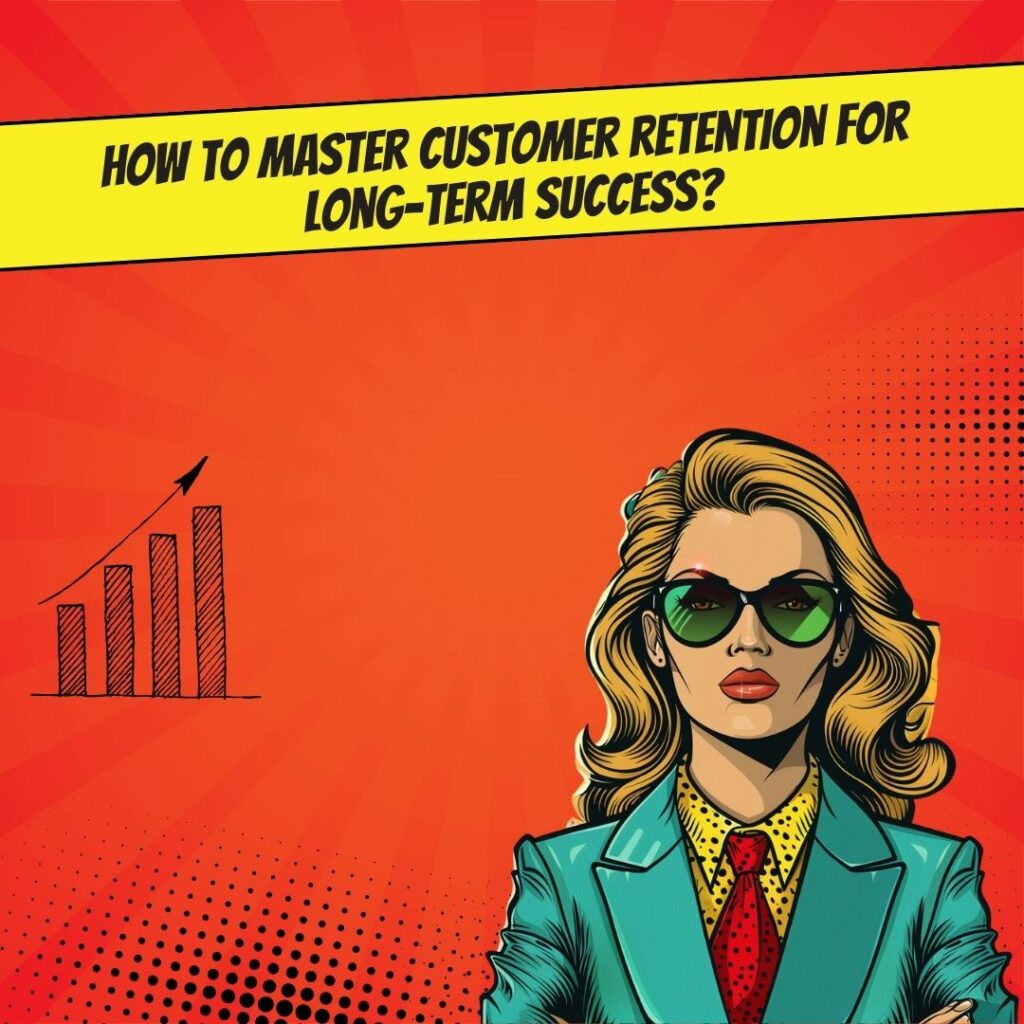
Introduction
Why is customer retention critical to your business's success? The answer lies in its direct impact on profitability and growth. Studies demonstrate that retaining an existing customer can be 5-25 times less expensive than acquiring a new one. This article will explore the art of customer retention, offering innovative strategies to minimize churn and maximize revenues through personalized engagement, continuous improvement, and providing exceptional value. Many businesses focus on acquiring new customers but often neglect strategies to keep them loyal. This can lead to higher costs and lower returns.
In today's competitive market, adopting effective customer retention techniques can distinguish your brand and foster a devoted customer base. We’ll debunk common myths, address popular fears, and provide modern solutions to enhance loyalty and maximize your ROAS and ROI. Stay with us as we dive into actionable insights and groundbreaking information that can transform your customer retention approach.
Top Statistics
| Statistic | Insight |
|---|---|
| Media and professional services: 84% retention rate. | This shows that these industries lead the way in keeping their customers, emphasizing the importance of delivering consistent value and engagement to their clients. |
| Email marketing: 89% of marketers use email for customer retention. | This highlights that email remains a powerful tool in the marketer's arsenal for maintaining customer relationships and driving engagement. |
| Cost savings: Acquiring new customers is five times more expensive than retaining existing customers. | This underscores the financial importance of customer retention, making it clear why businesses should prioritize keeping their current customers happy. |
| Revenue growth: A 5% increase in customer retention can boost profits by up to 75%. | This illustrates the significant impact of retention on overall business profitability, further cementing its strategic value. |
| Trust and loyalty: 81% of customers make purchasing decisions based on how much they trust a brand. | Building trust is crucial for customer loyalty, and brands should focus on nurturing this trust to encourage repeat business. |
The Importance of Customer Retention
Customer retention is crucial for long-term business success. It helps maintain a loyal customer base, reduces churn, and increases revenue through repeat purchases. Focusing on retention is more cost-effective than constantly acquiring new customers. Studies show that retaining an existing customer can be 5-25 times less expensive than acquiring a new one. Loyal customers are also more likely to refer others and provide valuable feedback. Enhancing customer retention can lead to a more stable revenue stream and improved business sustainability.
Calculating Retention Rate
The customer retention rate (CRR) measures the percentage of customers retained over a specific period. The formula is: CRR = [(E-N)/S] x 100, where E is the number of customers at the end of the period, N is the number of new customers gained, and S is the number of customers at the start. This simple calculation can provide valuable insights into your retention efforts. Regularly monitoring your CRR can help identify trends and areas for improvement. Benchmarking against industry standards can also provide context for your retention performance.
Flawless Customer Service
Quick and satisfactory responses to customer queries are essential. Utilize various channels such as messenger, email, and phone calls to meet customer needs. Implement customer service tools to streamline operations, thereby improving the overall customer experience. Exceptional customer service can differentiate your brand from competitors. Providing consistent and high-quality support can turn occasional buyers into loyal customers. Regular training for customer service teams ensures they are well-equipped to handle diverse inquiries.
Customer-Focused Loyalty Schemes
Personalized loyalty programs can greatly enhance customer retention. Design schemes that offer rewards tailored to individual preferences. Use real-life data to ensure the rewards are relevant and exciting, increasing the likelihood of customer loyalty. Loyalty programs can create a sense of exclusivity and belonging among customers. Regularly updating rewards and offers can keep the program engaging. Communicating the benefits of the loyalty program effectively can increase participation.
Setting Up Referral Schemes
Referral programs incentivize customers to bring in new ones. Offer rewards like discounts or free gifts for these referrals. The lifetime value of a referred customer is 16% higher than those acquired through other channels, making this an effective strategy. Referral schemes can leverage word-of-mouth marketing and increase brand credibility. Tracking referral sources can help optimize the program. Regularly promoting the referral program can maintain its momentum.
Empowering Customer Convenience
Providing convenient services like fast delivery options can significantly improve the customer experience. When customers find it easy to do business with you, they are more likely to return. Convenience can be a strong competitive advantage in today’s fast-paced market. Offering multiple payment options and a user-friendly website enhances convenience. Continuously seeking ways to simplify the customer journey can boost satisfaction and loyalty.
Leveraging Personalization
Use customer data to tailor interactions, products, and services. This makes customers feel valued and understood. Personalization can turn a one-time buyer into a loyal customer. Personalized experiences can increase engagement and customer satisfaction. Utilizing customer purchase history and preferences can refine personalization efforts. Dynamic content and recommendations based on user behavior can enhance the shopping experience.
Inspiring with a Mission
Having a clear brand mission and values that resonate with customers can foster emotional connections and loyalty. When customers align with your mission, they are more likely to remain committed to your brand. A strong mission can differentiate your brand in a crowded market. Communicating your mission through various channels can reinforce this connection. Engaging in corporate social responsibility initiatives can further strengthen brand loyalty.
Tracking Key Metrics
Monitor customer satisfaction (CSAT), net promoter score (NPS), and other metrics to gauge the effectiveness of your retention strategies. These metrics provide a snapshot of how well your strategies are working. Regularly reviewing these metrics can highlight areas for improvement. Setting targets for these metrics can drive continuous improvement. Utilizing analytics tools can simplify the tracking and analysis process.
Engaging with Customers
Regular interaction with customers through surveys, feedback tools, and direct communication is key. Understanding their needs and preferences can help you refine your retention efforts. Engaging customers can build strong relationships and enhance loyalty. Personalized follow-ups can show customers that their opinions are valued. Active listening and prompt responses to feedback can improve customer satisfaction.
Continuous Improvement
Customer feedback is invaluable. Analyze it to adjust your strategies accordingly, ensuring ongoing improvement in customer satisfaction and loyalty. Adaptation and agility in your approach can make a significant difference in retention rates. Continuously refining your strategies based on feedback can lead to better customer experiences. Experimenting with new approaches can uncover more effective retention techniques. Staying informed about industry trends can help keep your strategies relevant.
In summary, focusing on customer satisfaction, personalization, and effective loyalty programs can help businesses reduce churn, increase revenue, and build a loyal customer base for sustained growth. By keeping a close eye on metrics and continuously improving strategies, companies can enhance long-term success.
AI Marketing Engineers Recommendation
Recommendation 1: Leverage Personalization Using Data Analytics: Businesses can boost customer loyalty by employing personalization strategies grounded in data analytics. According to a 2022 survey conducted by Epsilon, 80% of customers are more likely to purchase from a brand that offers personalized experiences. Utilize customer data such as purchase history, browsing behavior, and preferences to tailor marketing messages and product recommendations. This fosters a deeper connection with customers, increasing the likelihood of repeat business.
Recommendation 2: Implement Loyalty Programs Aligned with Current Trends: Creating loyalty programs that resonate with modern consumers is more crucial than ever. Today's customers expect rewards that are instant, personalized, and integrated with digital channels. Recent research from Bond Brand Loyalty found that members of loyalty programs generate 12-18% more revenue per year than non-members. By understanding and adapting to these preferences, businesses can craft loyalty programs promoting sustained engagement. Consider trends like offering exclusive content, personalized discounts, and virtual events to keep customers engaged and returning for more.
Recommendation 3: Utilize Advanced CRM Tools for Retention Insights: Adopting advanced CRM (Customer Relationship Management) tools can significantly enhance customer retention efforts. CRM systems with AI capabilities offer businesses deep insights into customer behavior, allowing for timely and relevant interactions. A 2021 report from Nucleus Research indicates that for every dollar spent on CRM systems, businesses can expect an average return of $8.71. Integrating such tools enables businesses to track customer interactions, predict churn, and proactively engage with at-risk customers, ensuring long-term success and customer loyalty.
Relevant Links
- The Importance of Setting Strong Campaign Goals and Objectives
- Unlocking the Power of Personalized Marketing Campaigns
- Boosting Customer Loyalty with Effective Programs
- Enhancing Ad Performance with Metrics & Analytics
Conclusion
Understanding the importance of customer retention is essential for long-term business success. The art of keeping customers hinges on reducing churn and increasing revenue through repeat purchases. Effective retention strategies—such as offering flawless customer service, creating personalized loyalty schemes, and using referral programs—can dramatically improve customer satisfaction. Equally crucial is calculating and monitoring your Customer Retention Rate (CRR) to fine-tune these strategies effectively. Studies show it's significantly more cost-effective to retain existing customers than to acquire new ones, making the focus on retention not just wise but necessary.
Ultimately, customer retention is not a one-time effort but a continuous process of improvement and interaction. Tracking key metrics and engaging directly with customers provide the insights needed to adapt and thrive. By implementing these strategies, businesses can build a loyal customer base and achieve sustained growth. So, isn't it time to prioritize your retention strategies and unlock the full potential of your business?
FAQs
Question 1: What is customer retention?
Answer: Customer retention refers to an organization's ability to keep its customers over a period of time and encourage repeat purchases. It is crucial for long-term success as it helps build a sustainable customer base, increases profitability, and fosters brand loyalty.
Question 2: Why is customer retention important?
Answer: Customer retention is important because it is more cost-effective than acquiring new customers. Increasing customer retention rates by 5% can boost profits by 25% to 95%. Loyal customers tend to spend more, refer others, and are less sensitive to price changes.
Question 3: How do you measure customer retention?
Answer: Customer retention can be measured by evaluating customer lifetime value (CLTV), customer churn rates, engagement levels, and customer satisfaction scores.
Question 4: What are key factors that impact customer retention?
Answer: Key factors that impact customer retention include overall customer experience, quality of products or services, effective communication, timely issue resolution, and personalized engagement.
Question 5: How do you build and support customer communities?
Answer: Building and supporting customer communities involves creating a sense of belonging through user-generated content, customer testimonials, and exclusive access to premium content or resources. This fosters loyalty and encourages customers to help each other.
Question 6: What role does AI and automation play in customer retention?
Answer: AI and automation can help streamline customer engagement, personalize communication, and provide timely support, leading to improved customer satisfaction and retention.
Question 7: How do you develop and maintain customer loyalty programs?
Answer: Developing and maintaining customer loyalty programs involves identifying key trends and patterns in customer behavior, implementing targeted retention strategies, and regularly tracking retention rates and customer feedback.
Question 8: What are effective strategies for managing less experienced tech buyers?
Answer: Effective strategies for managing less experienced tech buyers include providing clear product information, offering support and training, and ensuring seamless onboarding processes.
Question 9: How do you handle customers who exploit loyalty programs?
Answer: Handling customers who exploit loyalty programs involves setting clear program rules, monitoring customer behavior, and implementing measures to prevent abuse while still rewarding genuine loyalty.
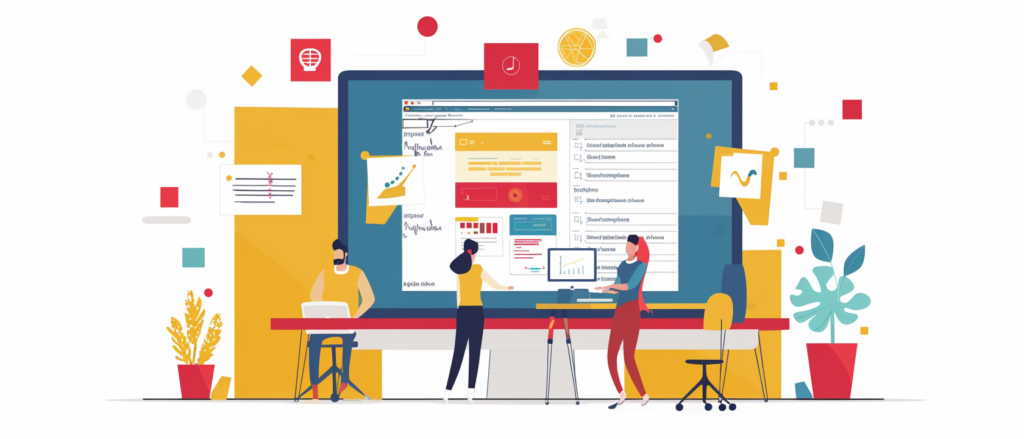
Academic References
- Ahmad, T., & Mutum, D. S. (2011). The Art of Customer's Retention in Developing Economy. International Journal of Marketing Studies, 3(1), 76-88. This research investigates the impact of a company's after-sales services on customer retention in the telecom industry.
- Khan, M. A., & Faisal, M. (2015). Customer Retention through Service Quality and Satisfaction. Journal of Business and Economics, 10(4), 50-65. This study explores the influence of mobile commerce service quality dimensions on customer retention and satisfaction using a hybrid SEM-neural network analysis approach.
- Lee, J., & Feick, L. (2001). In Pursuit of Enhanced Customer Retention Management. Journal of Marketing Research, 38(2), 29-45. This paper provides insights on managing customer retention, discussing various metrics to measure and monitor retention and presenting an integrated framework that leverages emerging opportunities offered by new data sources and methodologies such as machine learning.
- Parasuraman, A. (2004). Customer Retention. Marketing Science, 23(1), 56-71. This publication aims to help organizations implement effective customer retention strategies and develop strong employee-customer relationships.
